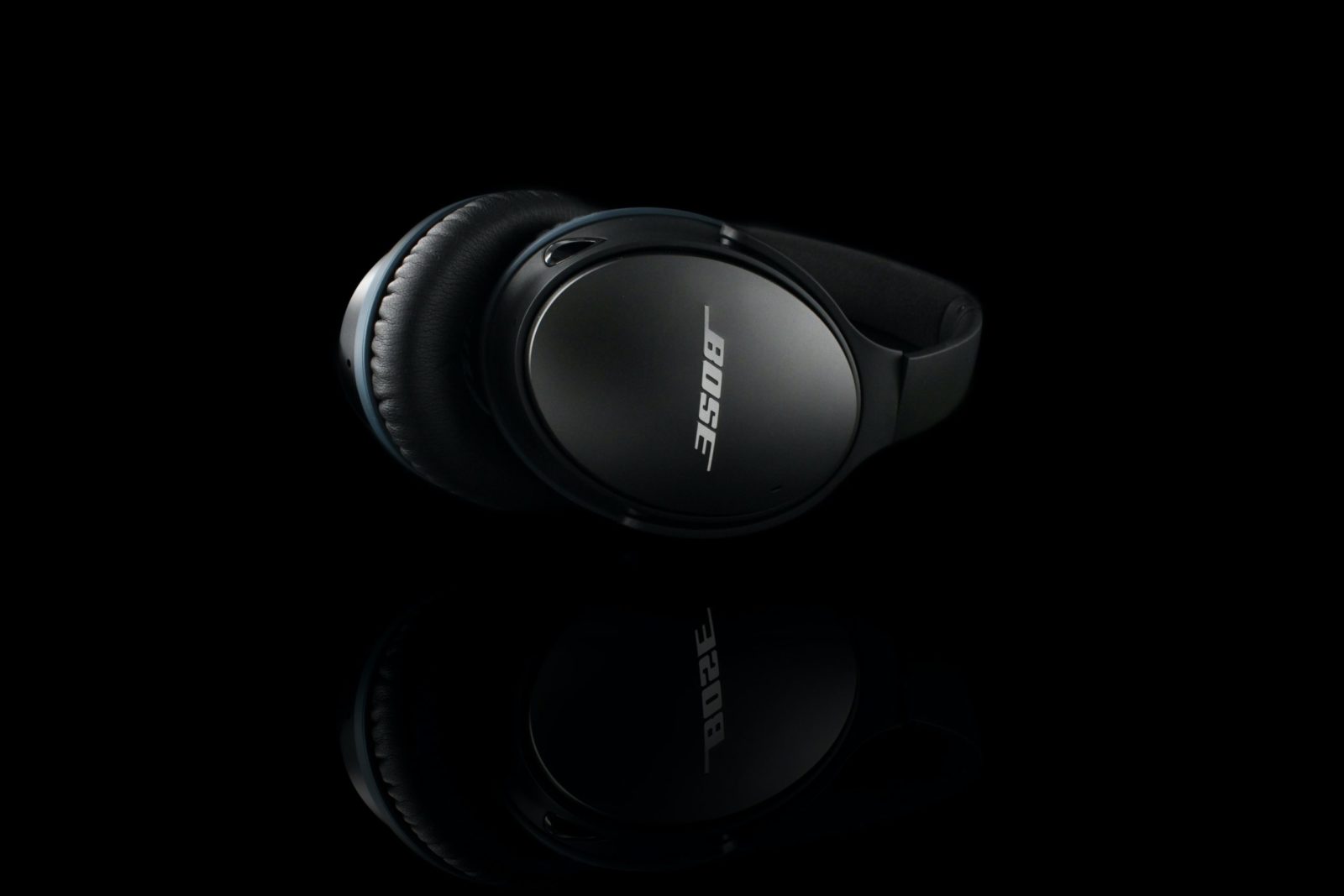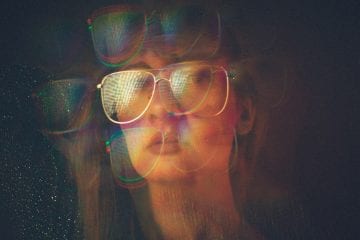Luxury Brand Strategies for this group of consumers is less about wanting to grow a large client base or encouraging them to ‘buy now.’ It is more about appealing to their exquisite tastes and inviting them into an exclusive club that celebrates the finer things in life.
Understandably, many luxury brands have been hesitant to jump onto the bandwagon of mass marketing tools such as social media and paid search. However, the decline in print and other traditional forms of marketing coupled with the massive popularity of digital channels, even among luxury shoppers, have made marketing your brand online an absolute necessity.
This article will give you some tips on how to improve your luxury brand strategy through digital channels from video to images, mobile to email, social to paid ads, and so much more.
Improve Your Luxury Brand Strategy with Visual Content
Luxury brands have one thing in common—they invest in compelling visual content. This is hardly surprising given that visual content performs four times better than text-filled content.
High quality, engaging, and aspirational photographs and video content inspires customers to want to be associated with a specific high-end brand.
Visual social networks such as YouTube, Instagram, Pinterest, and Facebook offer an excellent opportunity for luxury marketers to improve awareness and generate excitement around the brand.
Millennials and Generation Z, who make up the most significant percentage of visual social networks, are also the main drivers of the luxury market. Research shows that by 2025, this demographic will account for 40 per cent of the luxury goods market.
This being the case, a luxury brand strategy should have a strong focus on meeting the dynamic tastes of Millenials, and Gen Z consumers and one way to do this is to invest in great visual content.
Many in these demographic groups expect to interact with luxury brands across several digital platforms and look for personalised shopping experiences in which online and offline platforms work together seamlessly.
Artificial intelligence and augmented reality continue to be game-changers where visual content marketing is concerned. These technologies are especially relevant for the luxury goods and services niche where consumers are seeking immersive experiences and personalised interaction with their favourite brands.
In the past, luxury brands mostly opted to stay away from social media to keep things exclusive and scarce. However, social media does not have to take away from the qualities that luxury brands espouse. Today, social media is the primary channel through which wealthy consumers are displaying their status and acquired luxury goods.
As a luxury marketer, there is no doubt that visual content is the best starting point for connecting with affluent consumers, increasing brand awareness, and growing your brand exponentially.
Influencer Marketing
For the longest time, print magazines had been the staple of luxury brands where marketing, PR, and communication were concerned. However, the decline of print and the rise of digital channels have brought a new form of marketing—influencer marketing.
Research shows that close to 40 per cent of Instagram accounts with more than 15k followers belong to influencer marketers. The influencer marketing industry is around a £7 billion industry.
Why would a luxury brand want to leverage influencer marketing?
Even among affluent consumers, trust in brands is on a decline. People trust the opinions of their peers more than they trust brands. Influencer marketing, mainly done via social media, offers high-end brands an opportunity to convey an authentic message to customers.
Despite the opportunity that influencer marketing offers, luxury brands have been slow to get on board. This might be attributed to the fact that brands are still not very clear on what influencer marketing is about. For luxury brands, influencer marketing is less about attracting more customers and more about engaging an exclusive and aspirational breed of consumers.
Admittedly, getting started with influencer marketing is not clear-cut. Still, with research and strategic planning, you can realise significant results in the form of increased brand awareness and customer engagement.
Influencers with a large following might seem like a natural choice, but luxury brands that typically have a focus on exclusivity would benefit more from mid-tier social influencers.
Mid-tier influencers tend to be more selective of the brands they choose to work with, are more passionate about their content and the brands they represent and are therefore perceived as being more authentic.
A newer trend, and one that would be particularly suitable for luxury brands, is collaborating with micro-influencers.
These are influencers with a comparatively smaller following of about 10,000 to low six figures followers.
Micro-influencers are ideal for luxury brands because they specialise in a particular niche, and their followers tend to have an excellent taste for arts, beauty, fashion, and music.
Brands that are looking to reach eclectic consumers with a unique eye for luxury goods will benefit from micro-influencers who are more concerned about creativity than they are about the monetary returns of brand collaborations.
Some things to consider when selecting an influencer include:
- The influencer’s outlook and ability to support your brand’s positioning
- How well the influencer’s demographic fits into your brand’s target demographic
- The influencer’s past work—whether they have worked with a conflicting brand or competitor, and the type of content they typically produce
For the collaboration between your brand and influencer marketers to yield better results, not only do you need to choose your influencers carefully; you should also allow them the freedom to create authentic content.
Use Storytelling for your Luxury Brand
Storytelling is not a new idea. However, the concept has experienced some sort of renaissance in the digital age. Today, storytelling is the cornerstone of any successful inbound marketing strategy.
In many ways, storytelling is essentially the art of painting an abstract picture and making it more vivid in words. But it is not just about writing articles, posting status updates, or creating videos.
On the contrary, storytelling is about using compelling narratives to convey a message about your brand to your target audience. It is a narrative about what your brand stands for, what motivates your team, the values you espouse, the solutions you are offering, and the value you place in your customer.
Stories work because a shared narrative has the power to bring together people of otherwise diverse backgrounds. More importantly, stories humanise, inspire, and motivate us.
Many of today’s top luxury brands have one thing in common—they tell compelling stories about their past, present, and future. While the focus of the marketing strategies of mass brands is usually on what they do, great brands promote a narrative of why they exist.
When it comes to storytelling, create content that focuses on explaining your brand heritage, i.e. the narrative behind your products and the values that your luxury brand espouses. While mass brands seek to please everyone, luxury brands should streamline their message to resonate only with those individuals with whom they have shared beliefs.
In the mass market, consumers make purchase decisions based on factors such as price and utility. Those in the luxury market, however, buy from and are loyal to a specific brand because they share a common belief with this brand.
Your brand legend should be communicated subtly, but it should infiltrate every aspect of your brand positioning and marketing approach. You can see this clearly with some of the top luxury brands who tap into history, their founder, and the future they are forging to convey a dominant narrative that resonates with their target audience.
Mobile
luxury brand strategy
With an almost universal penetration of mobile devices, the chances are high that a vast majority of your customers frequently interact with your brand through a smartphone or tablet. For many consumers, their purchase journey begins with research done from a mobile device.
Studies show that up to 79 per cent of luxury consumers have made at least one purchase from their mobile device. Additionally, consumers in the luxury market are typically early adopters of mobile devices, whether these are Android or iPhones.
Like with other aspects of digital marketing, luxury brands have been slow to leverage the opportunities offered by mobile to market their products and services. Once again, the underlying (mis) perception is that the use of such a ubiquitous channel such as mobile will take away from the brand’s sense of exclusivity and uniqueness.
This perception could not be further from reality. Luxury shoppers have a deep connection with their favourite brands, and they seek direct access to these brands, which means they are keen on bypassing sales associates to have first-hand interaction with the brand.
That being said, mobile is a natural choice for consumers who are looking for an up-close and personalised experience with a brand.
Brands looking to win in the luxury market cannot overlook the importance of providing mobile-friendly experiences to their customers.
As a luxury marketer, you want to consider everything from mobile apps, mobile wallets, SMS, geo-location notifications, and in-store omnichannel experiences, among others, when formulating your mobile marketing strategy.
Whether you are doing email marketing, optimising a website or creating content, you want to think mobile-first to meet the expectations of your luxury shoppers. Here are a few things to consider:
- Ensure that your website is designed to adapt to different devices including smartphones and tablets
- Make your website friendly for mobile users by optimising elements such as calls to action, links, and buttons.
- Display phone numbers prominently and make it easy for customers to tap and call
- Optimise your website and email images to fit on mobile devices. Ensure that visual content is at the forefront of the customer’s interaction with your brand
- Make forms easy to fill out and only use them when it is necessary
Paid Search
Until recently, many luxury brands had shied away from advertising on social media or search engines. Yet, seventy per cent of consumers begin their journey toward a purchase on search.
Consider this: The top three advertising spots on search engine pages attract 46 per cent of the total number of clicks. Additionally, paid ads account for 65 per cent of all clicks made by consumers who are keen on making a purchase.
There are plenty of ways that a luxury brand can leverage paid search for both brand awareness and meet sales goals. First, be sure to prioritise Bing.
The vast majority of marketers focus on Google for paid search. Google does have a comparatively greater reach and higher search volume. Even then, if you are overlooking Bing, you are leaving money on the table.
Did you know that Bing Ads reach 63 million users that are not achieved with Google Ads? Figures also show that up to one-third of Bing users report a household income of more than GBP 77,000 and close to half of the users have a household income of GBP 58,000, Bing is probably the best-kept secret for brands that cater to the luxury shopper.
In addition to placing ads on search engine pages, do not shy away from investing in social ads to reach affluent customers. Facebook and Instagram offer excellent custom audience tools that let you target your ads to particular audiences based on attributes such as interests, job title, and neighbourhood.
There is no denying that as consumers increasingly rely on online channels to make purchase decisions, paid search will become an integral aspect of any luxury marketing strategy.
Luxury Brand Strategy
Not so long ago, luxury brands did not need to ‘market’ to their affluent customers. It was the classic ‘if you build it, they will come mentality’, and it worked for a long time. Today, with the consumer’s path to purchase starting online, brands have had to rethink this traditional strategy. An enhanced luxury brand strategy is required.






Leave a Reply